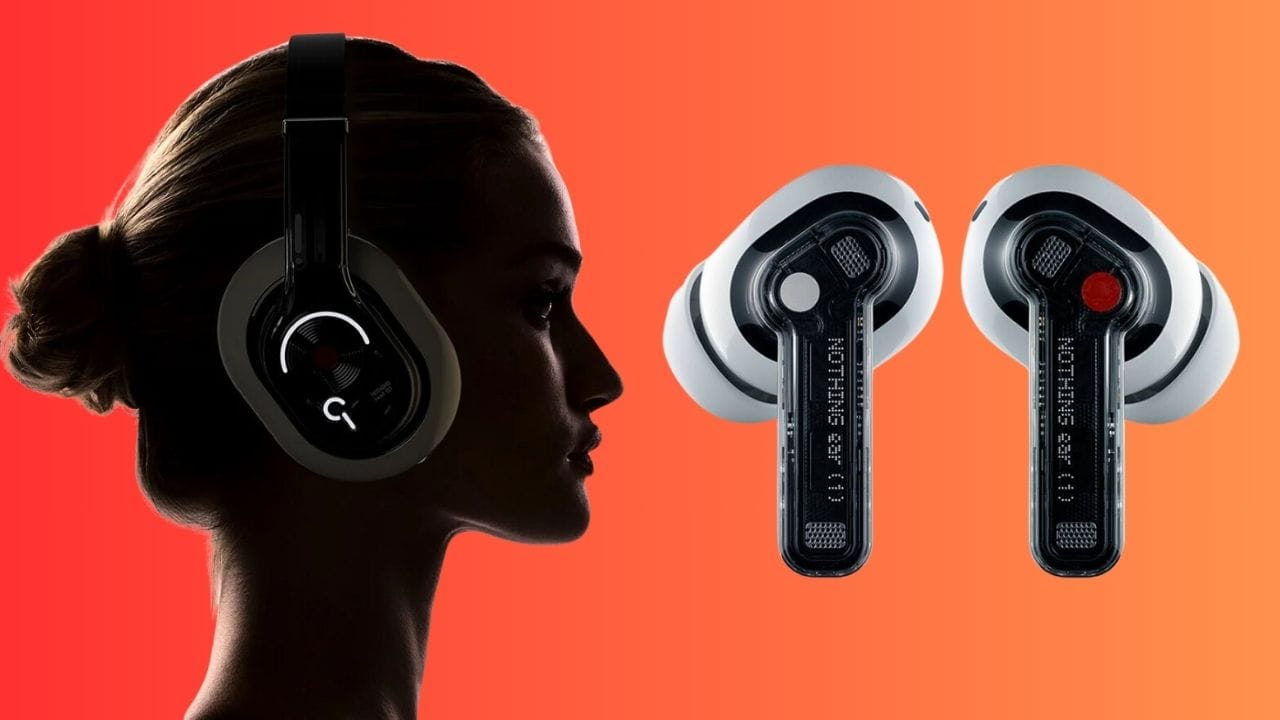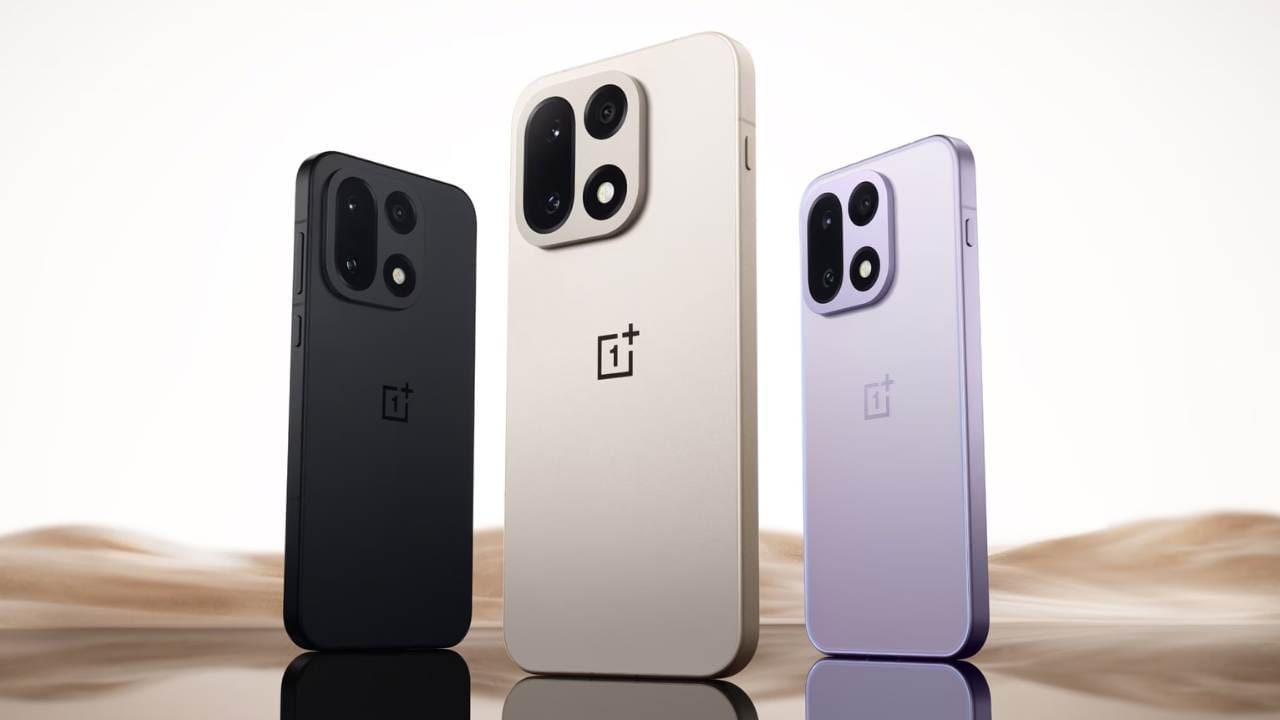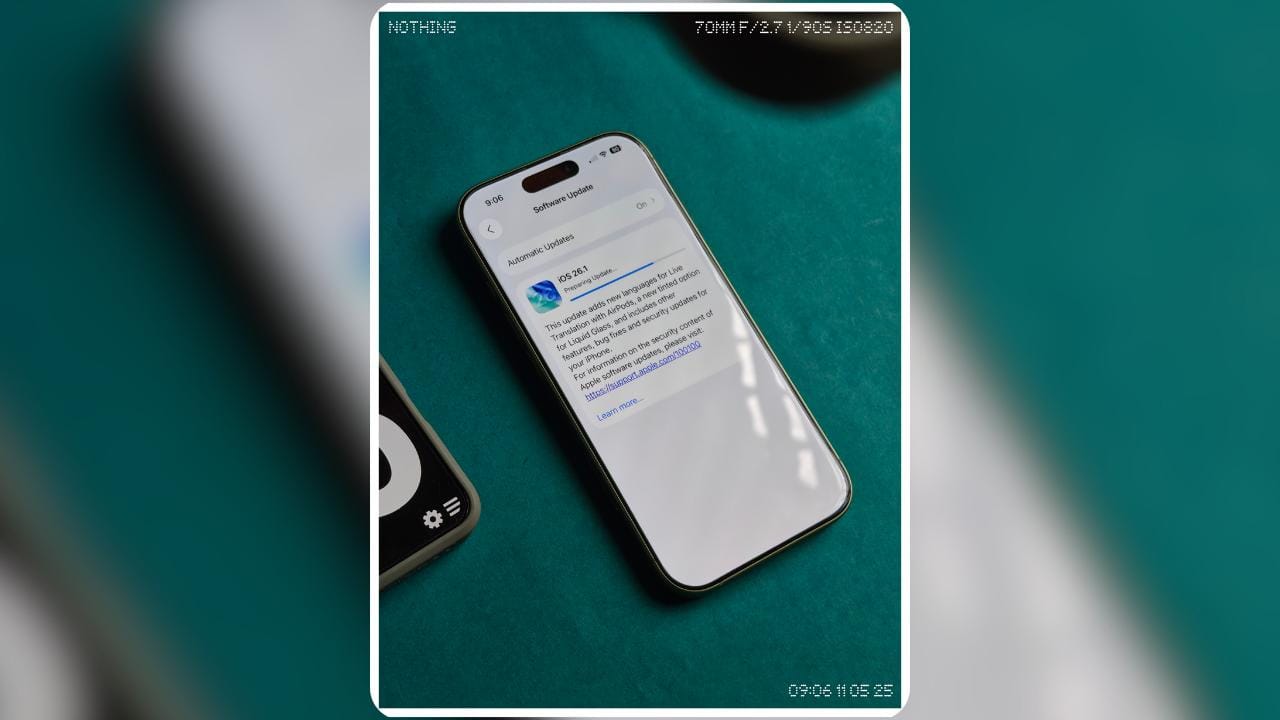News
Nothing Ear Open Earphones Confirmed by IMDA Certification, Next Audio Product From Nothing

Nothing company is going to launch new set of earphones named ‘Nothing Ear Open’. This was found to be listed on the IMDA certification platform in Singapore by 91Mobiles.
Nothing Ear Open goes through IMDA certification with the model number B182, which functioned as a low-power device on Bluetooth. The product description goes by “True Wireless earphone,” while the supplier is IFactory ASIA PTE.LTD.

As of now, we have a clear picture of what’s coming next by Nothing. But based on this listing, we can say it’s a Bluetooth earphone or another surprise from the company.
This marks the very first online listing for the ‘Nothing Ear Open’, giving nothing more away about the specifications or features of the earphones. However, the certification does suggest that the product is destined for various global markets rather than just being limited to India and the UK.
It’s been several months since Nothing launched any new audio products. The ‘Nothing Ear’ and ‘Nothing Ear (a)’ ANC-enabled Hi-Res support launched last April featured this brand’s signature design with a see-through style.
Now that ‘Nothing Ear Open’ has started showing up in certification listings, so we might see more things coming out very soon. Many are expecting Nothing to start teasing its arrival officially.
OnePlus
OnePlus 15 Launched in India With New AI Features, Better Performance, and Big Battery

OnePlus has officially launched its latest flagship smartphone, the OnePlus 15 in India. The phone comes with major upgrades in software, performance, camera, design, and battery.
OxygenOS 16 With New AI Features
The OnePlus 15 runs on OxygenOS 16, based on Android 16. The new software introduces several AI-powered tools for smoother interaction and better personalization.
There is deeper integration with Google’s Gemini AI assistant, allowing users to access saved information in Mind Space. OnePlus also added Plus Mind, a new feature that works like a smart, context-aware second brain.
The phone will receive 4 major Android updates and 6 years of security patches, similar to the OnePlus 13.
Display
The OnePlus 15 features a 6.78-inch 1.5K AMOLED display with very thin 1.15mm bezels.
It offers 120Hz LTPO refresh rate, which can go up to 165Hz for gaming. Popular mobile games like Call of Duty: Mobile, Brawl Stars, and Clash of Clans support native 165fps.
A dedicated touch chip gives the phone an impressive 3200Hz touch response, making it extremely fast and responsive.
The screen also includes 1-nit minimum brightness for eye comfort at night.

Performance
The phone is powered by the Snapdragon 8 Elite Gen 5 chipset.
It supports up to 16GB LPDDR5X RAM and 1TB UFS 4.1 storage.
For heat management, the device uses the 360° Cryo-Velocity Cooling System, which includes:
- A large 5,731mm² vapor chamber
- Aerogel insulation to reduce heat on the surface
- White graphite for even heat distribution
Camera System
The OnePlus 15 comes with a triple 50MP rear camera setup:
- 50MP Sony main camera (OIS)
- 50MP ultra-wide camera
- 50MP periscope telephoto lens with 3.5x zoom and 85mm portrait support
There is also a 32MP RGBW front camera.
The phone supports 4K 120fps Dolby Vision recording, ultra-clear portraits, and a new DetailMax Engine for better clarity.
DetailMax Engine features include:
- Ultra-Clear 26MP mode: Combines multiple frames for sharper details
- Clear Burst: Shoots 10fps photos with anti-blur tech
- Clear Night Engine: Improves low-light photography with brighter and cleaner results
Design and Durability
The OnePlus 15 comes in three colors:
- Infinite Black – Matte frosted glass
- Sand Storm – Fiberglass panel with ceramic-grade coated frame
- Ultra Violet – Color-shifting finish from violet to sapphire
The phone is very durable with IP66, IP68, IP69, and IP69K ratings, meaning it can survive dust, high-pressure water jets, and water immersion up to 2 meters for 30 minutes.
Battery and Charging
The OnePlus 15 has a massive 7300mAh Silicon NanoStack battery, the biggest in any OnePlus phone.
Charging options include:
- 120W SUPERVOOC wired charging
- 50W AIRVOOC wireless charging
It also supports Bypass Charging, which powers the phone directly during gaming to reduce heat. The battery is designed to retain over 80% health even after 4 years.
OnePlus 15: Full Specifications
- Display: 6.78-inch 1.5K AMOLED LTPO, up to 165Hz refresh rate
- Chipset: Snapdragon 8 Elite Gen 5
- RAM/Storage: 12GB/16GB LPDDR5X, 256GB/512GB/1TB UFS 4.1
- Rear Cameras: 50MP + 50MP ultra-wide + 50MP 3.5x telephoto
- Front Camera: 32MP RGBW
- OS: Android 16 with OxygenOS 16
- Battery: 7300mAh with 120W wired & 50W wireless charging
- Other: Wi-Fi 7, Bluetooth 6.0, NFC, ultrasonic fingerprint sensor, stereo speakers
Pricing and Availability

- 12GB + 256GB: Rs 72,999
- 16GB + 512GB: Rs 79,999
The phone is available from November 13th, 8 PM, via:
- OnePlus.in
- OnePlus Store App
- Amazon India
- OnePlus Experience Stores
- Reliance Digital and other retailers
Launch Offers
- Free OnePlus Nord Buds 3 (limited period)
- Rs 4,000 instant discount with HDFC Bank cards (EMI)
- Upgrade bonus: Up to Rs 4,000 for OnePlus users / Rs 2,000 for others
- 180-day phone replacement plan & Lifetime Display Warranty
- 6 months no-cost EMI
- Jio postpaid benefits worth Rs 2,250
- Paytm Flights vouchers worth Rs 2,000
News
BGMI 4.1 Update to Release on November 13: New Map, Weapons, and Exciting Features Coming

Krafton has officially announced that the BGMI 4.1 Update (version 4.1.0) will be released on November 13, 2025. Players can expect new maps, unique weapons, and exciting gameplay improvements with this major update.
According to the official schedule, the update will roll out gradually on all major platforms.
- Google Play Store:
- 30% rollout at 6:30 AM IST
- 50% rollout at 9:30 AM IST
- 100% full release at 11:30 AM IST
- App Store (iOS): Full release at 9:30 AM IST
- Official Website: Full release at 12:30 PM IST
What’s New in BGMI 4.1 Update
The new update brings several exciting features and gameplay changes:
- Penguin Town (Erangel): A new hot drop location called Penguin Town has been added to Erangel. Players can explore the area, which includes a hidden loot crate inside the Penguin Statue that appears with a timer.
- Fish Rocket Launcher: A fun and powerful new weapon that lets players shoot fish-shaped rockets at enemies.
- Ice Gadgets: New tools that can make enemies slip on ice or even launch yourself using a flamethrower-like boost.
- Blue Fin Tuna Syringe: A new consumable item that increases health and gives a major speed boost.
- Looting Improvements: Players can now loot items even after being knocked out (from the “tomb” state) and collect loot from moving trucks.
- Snow Festival: The winter season is arriving in BGMI with a brand-new Snow Festival theme on Erangel, bringing a fresh and festive look to the battleground.
Final Thoughts
The BGMI 4.1 Update is packed with fun and creative features that will make the gameplay even more enjoyable. From exploring Penguin Town to using new weapons and gadgets, players can look forward to a refreshing experience.
Apple
Apple Rolls Out Stable iOS 26.1 Update for iPhone Users

Apple has started rolling out the stable iOS 26.1 update for iPhone users. The update is 4.99 GB in size and brings several new features, improvements, and security fixes.
One of the main highlights of this update is the new Liquid Glass setting. It allows users to choose between the default clear look or a new tinted style that increases the opacity of materials in apps and notifications on the Lock Screen.
Apple has also improved Live Translation with AirPods, which now supports more languages — including Chinese (Simplified and Traditional), Japanese, Korean, and Italian.
In addition, Apple Music gets some nice upgrades. Users can now use swipe gestures in the Mini Player to skip tracks, and AutoMix is now supported over AirPlay for a smoother playback experience.
For creators, iOS 26.1 introduces gain control for external USB microphones when recording with local capture, and the ability to save local capture files to specific locations.
The Fitness app now supports manual workout logging, making it easier for users to record workouts even without Apple Watch tracking. There’s also a new Camera setting that lets you enable or disable the swipe gesture from the Lock Screen to open the Camera app.
Apple has improved FaceTime audio quality, especially under low-bandwidth conditions, for clearer calls.
Finally, Communication Safety and Web content filters that block adult websites are now enabled by default for existing child accounts between the ages of 13 and 17 (depending on the region).
The iOS 26.1 update is available for all supported iPhone models. Users can download it by going to Settings → General → Software Update.






